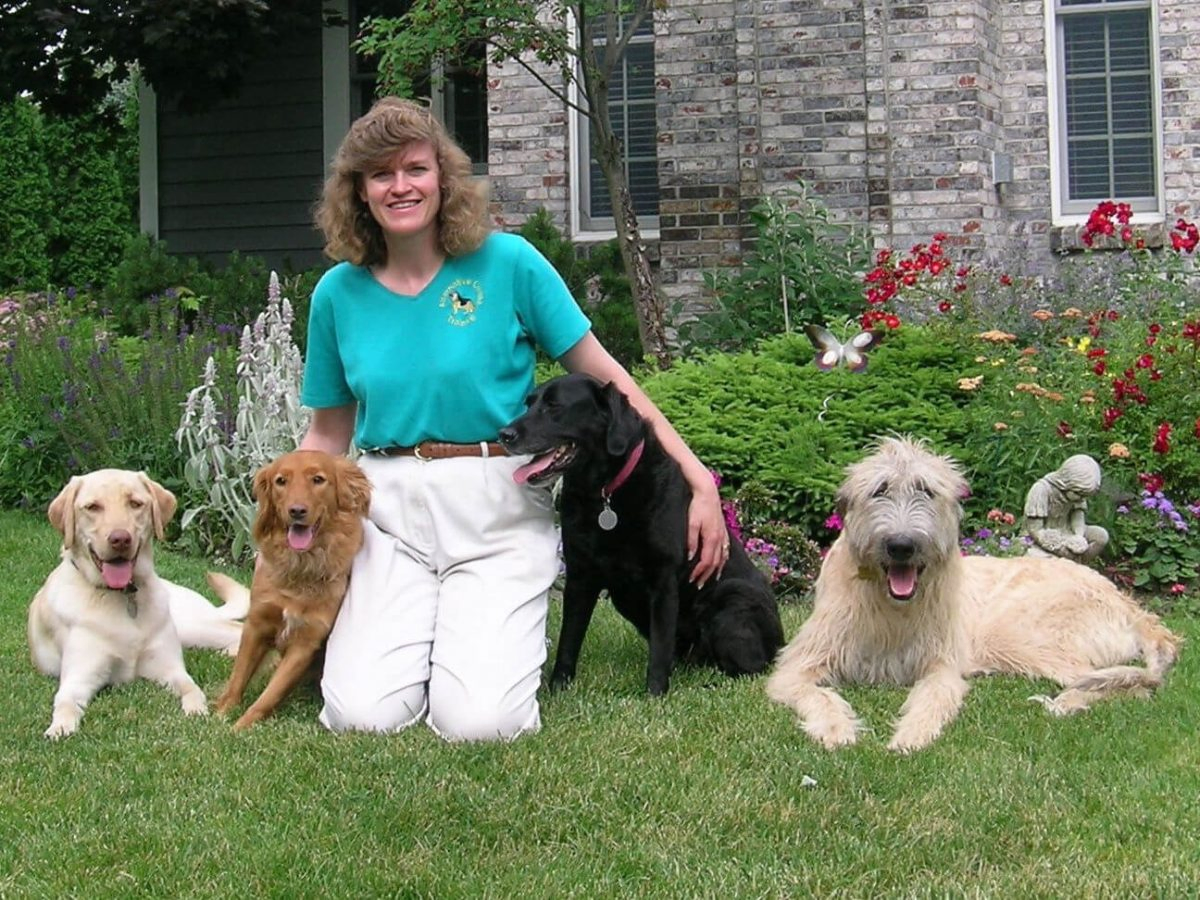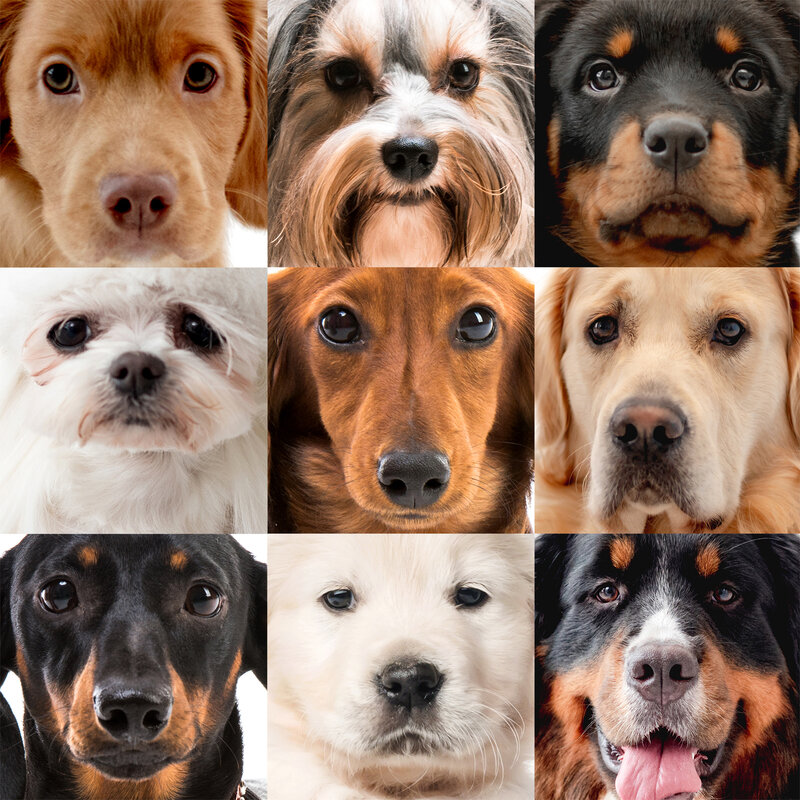Training a dog to navigate an obstacle course effectively begins with establishing a strong foundation of basic obedience. You'll want to guarantee your dog responds reliably to commands like "sit" and "stay" before introducing agility equipment. Start with simple obstacles, such as jumps and tunnels, and gradually increase the complexity as your dog's confidence grows. It's important to maintain consistency in your training routine while breaking down challenging tasks into manageable steps. But how do you keep your dog motivated and focused throughout this process, guaranteeing a successful and enjoyable experience for both of you?
Building Basic Obedience
Building basic obedience is the foundation for successfully training your dog for obstacle courses. Without a solid understanding of basic commands like sit, stay, come, and heel, your dog might struggle to focus and follow directions during more complex tasks. Start by practicing these commands regularly in a distraction-free environment. Use positive reinforcement techniques such as treats and praise to encourage your dog's cooperation and enthusiasm.
Once your dog consistently obeys commands indoors, gradually introduce distractions to mimic real-life scenarios. Practice in different environments, like parks or backyards, to help your dog generalize the commands. Remember, consistent repetition is key. It's not just about teaching commands; you're also building trust and communication with your dog.
Incorporate short, focused training sessions of 5-10 minutes throughout the day, ensuring your dog stays engaged and doesn't get overwhelmed. Consistency and patience are essential.
Building this obedience foundation takes time, but it's a rewarding process that strengthens your bond. As your dog becomes more reliable with basic commands, you'll find that shifting to more advanced agility training becomes considerably easier and more enjoyable for both of you.
Introducing Agility Equipment
When you start introducing agility equipment, choose gear that's suitable for your dog's size and skill level.
Make certain you set up everything safely to prevent any accidents during practice.
Familiarize your dog with each piece gradually, allowing them to explore and gain confidence at their own pace.
Choosing Appropriate Equipment
Selecting the right agility equipment is essential for effective dog training. Start by reflecting on your dog's size, breed, and skill level. Choose equipment that matches your dog's abilities to guarantee a positive experience. For beginners, basic items like tunnels, weave poles, and jumps are great starting points. These pieces can help your dog build confidence while learning the fundamentals of agility.
Think about the space you have available. If you're using a backyard, verify the equipment fits comfortably without overcrowding. Portable and collapsible options are ideal if you plan on moving the course around or have limited space. Material matters too; look for durable, weather-resistant materials that can withstand outdoor conditions, confirming longevity and safety.
Different dogs have different preferences, so observe your dog's reactions to various equipment. Some might find tunnels exciting, while others may prefer maneuvering through weave poles. Adjust the setup based on your dog's enthusiasm and comfort level.
Don't forget to reflect on your budget. You don't need to spend a fortune; many affordable options provide excellent quality and functionality. Prioritizing the right equipment will set a solid foundation for your dog's agility training journey.
Setting Up Safely
Introducing agility equipment to your dog requires a careful and gradual approach to guarantee safety and build confidence. Start by selecting a flat, open space that's free from distractions and hazards. Check the area for any sharp objects or uneven ground that might pose a risk to your dog.
Once you've secured a safe space, arrange the equipment in a way that allows your dog to easily navigate around it without fear or confusion.
Begin with simple equipment like tunnels or low jumps. Make sure each piece is stable and secure to prevent any accidents. Don't overcrowd the area; instead, space out the obstacles so your dog can focus on each one individually. This setup helps reduce the risk of injury and allows your dog to become familiar with the course.
Always supervise your dog while they're exploring the equipment. Watch for signs of stress or discomfort. If your dog seems apprehensive, give them time to adjust and don't force them to interact.
Use positive reinforcement to encourage exploration and reward calm behavior. Remember, your goal is to create a safe, positive environment where your dog feels confident dog training in metro detroit and excited to learn.
Familiarizing Your Dog
To begin familiarizing your dog with agility equipment, start by letting them explore one piece at a time. Place a single obstacle, like a tunnel or jump, in a spacious area and allow your dog to sniff, touch, and walk around it. This exploration helps reduce any anxiety they might've about new objects. Use treats and positive reinforcement to reward their curiosity and encourage engagement.
Once your dog seems comfortable, demonstrate how to use the equipment. Lead them slowly through the tunnel or over a low bar, using a treat or toy as motivation. Keep your tone upbeat and encouraging; your enthusiasm will reassure them. If your dog hesitates, don't rush them. Instead, give them space and time to adjust.
Gradually introduce additional equipment, one piece at a time, until your dog feels at ease with each one. Remember, patience is key—some dogs might need several sessions to feel fully comfortable.
Always end your training on a positive note, with plenty of praise and rewards. This positive association will make your dog enthusiastic to participate and learn more in future sessions.
Teaching Individual Obstacles
Guiding your dog through individual obstacles is like choreographing a dance routine, where each move needs precision and practice. Start with simpler obstacles, like jumps or tunnels. Encourage your dog with treats or toys, making each attempt feel rewarding. Use a cheerful voice to maintain enthusiasm and guide them verbally as they approach the obstacle.
When teaching a jump, position yourself on the other side of the hurdle. Call your dog and use a command like "jump!" as they approach. Reward them instantly when they succeed.
For tunnels, show your dog the entrance and coax them through using treats. Stand at the exit and call their name, so they recognize the path.

For more complex obstacles, such as weave poles, break down the process. Guide your dog through each pole with a treat, weaving them back and forth. Patience is key here, as mastering the weave takes time.
Balance beams require focus and courage. Walk alongside your dog, offering support and encouragement. Use a leash initially, if needed, to prevent falls.
Always reward progress, no matter how small, and keep sessions short to avoid fatigue. Consistency and positive reinforcement will help your dog conquer each obstacle with confidence.
Combining Obstacles Into a Course
Once your dog is comfortable with individual obstacles, it's time to connect them into a seamless course. Start by arranging a simple sequence of two to three obstacles. Use the ones your dog enjoys the most to keep their enthusiasm high. Position them close together, ensuring the changes are smooth and intuitive.
Walk your dog through the course on a leash initially, guiding them with verbal cues and gestures they already recognize. As your dog becomes familiar with this sequence, gradually introduce more obstacles. Pay attention to how your dog responds to different arrangements.
Rearrange obstacles occasionally to keep things fresh and challenging. Consistency is key, but variety helps maintain your dog's interest and adaptability.
Remember to keep training sessions short and engaging, and always reward your dog with praise or treats for completing the course. If your dog struggles with a particular change, break it down into smaller steps and practice those separately before reintegrating them into the course.
Celebrate small victories to build your dog's confidence. With patience and practice, you'll see your dog navigate the course with increased fluidity and comfort.
Enhancing Speed and Precision
When your dog has mastered the basic course, it's time to boost their speed and precision. Start by timing their runs to identify areas that need improvement. Use a stopwatch and record each attempt to track progress. Focus on specific obstacles where they slow down or struggle. Break these down into smaller segments and practice them repeatedly until they become second nature. Consistency is key, so keep sessions short but frequent.
Introduce clear commands that signal your dog to speed up or slow down as needed. Words like "quick" or "steady" can help maintain control. Pair these commands with hand signals for better communication. Make sure your cues are consistent and practice them outside the course, so your dog knows what to expect.
Incorporate agility drills that enhance your dog's reflexes and speed. Use weave poles, tunnels, or jumps to challenge them. Set up mini-courses with varying levels of difficulty to keep your dog on their toes. Reward their progress with treats and praise, reinforcing positive behavior.

Maintaining Motivation and Focus
While enhancing your dog's speed and precision is important, keeping them motivated and focused is equally essential for success in obstacle courses. A motivated dog will approach each challenge with enthusiasm, making training sessions more productive and enjoyable for both of you.
Start by using high-value treats or favorite toys as rewards. This positive reinforcement encourages your dog to perform tasks enthusiastically and stay engaged.
Consistency is key. Establish a routine that your dog can rely on. Regular, brief training sessions are more effective than infrequent, lengthy ones. During these sessions, mix up the obstacles to keep things exciting. Repetitive exercises can lead to boredom and decreased focus.
Pay attention to your dog's body language. If they seem distracted or tired, it's time for a break. Rest is as important as training, allowing your dog to recharge and return with renewed energy.
Lastly, always end on a positive note. If your dog struggles with a task, finish with something they can do well. This boosts their confidence and guarantees they associate training with positive outcomes.
With patience and the right strategies, you'll maintain your dog's motivation and focus, paving the way for obstacle course success.